Student Projects
VM495

High Speed Imaging for Crack Propagation Measurement
Instructor: Prof. Chien-Pin Chen, Prof. Teh, Kwee-Yan
Team Members: Hongju Guang, Jianing Zhang, Qincheng Jiang, Rui Li, Xingyu Su
Project Video
Team Members
Team Members:
Hongju Guang, Jianing Zhang, Qincheng Jiang, Rui Li, Xingyu Su
Instructor:
Prof. Chien-Pin Chen, Prof. Teh, Kwee-Yan
Project Description
Introduction
Brittle fracture is the term given to failures caused by crack propagation. Crack propagation also figures in fatigue and creep failure, but brittle fracture occurs when a pre-existing crack propagates very rapidly through the material. The objective of this experiment is to run tensile tests on polymethyl methacrylate (Acrylic) and Acrylonitrile Butadiene Styrene plastic (ABS) to see the property of crack propagation during the brittle fracture.

Fig 1. (a) Sketch of brittle at a microscopic scale. (b) Brittle fracture [1]. (c) Fractured Liberty Ship [2].
Experiment Set-up
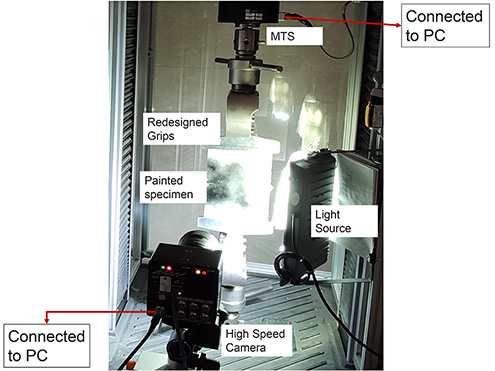
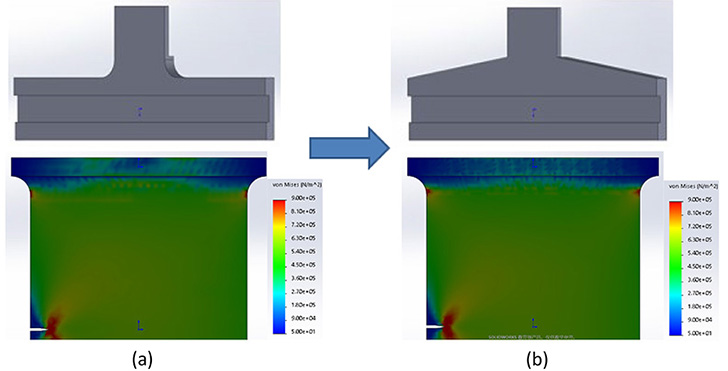
Fig 2. The design of previous grip (a) and redesigned grip (b) and the corresponding force distribution on the specimen.
Results
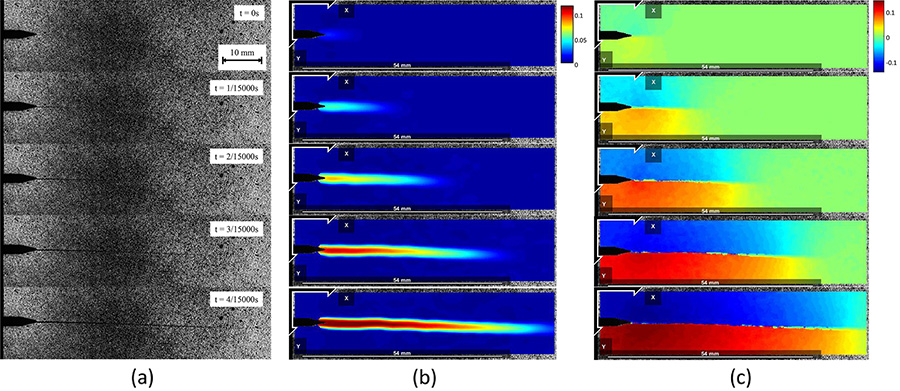
Fig 3. (a) Raw pictures of crack propagation on acrylic
(b)Normal strain in y direction on acrylic
(c) displacement in y direction on acrylic
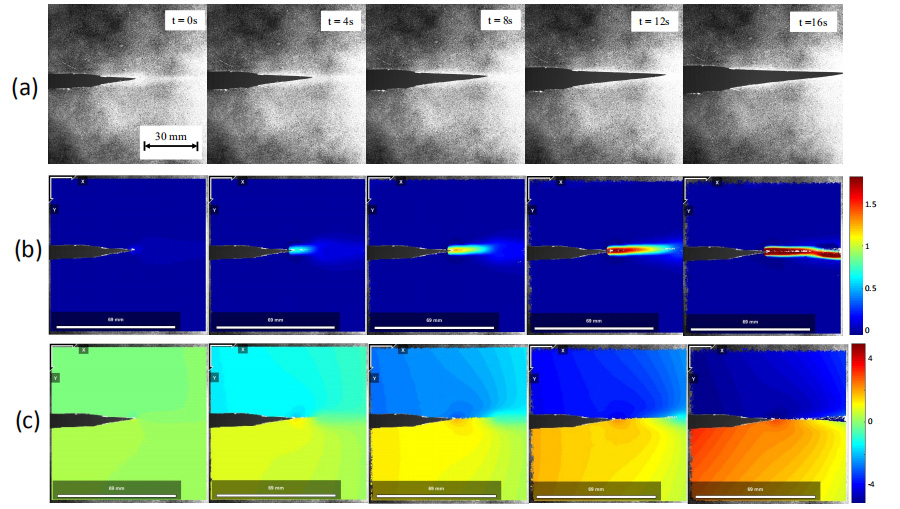
Fig 4. (a) Raw pictures of crack propagation on ABS
(b) Normal strain in y direction on ABS
(c) displacement in y direction on ABS
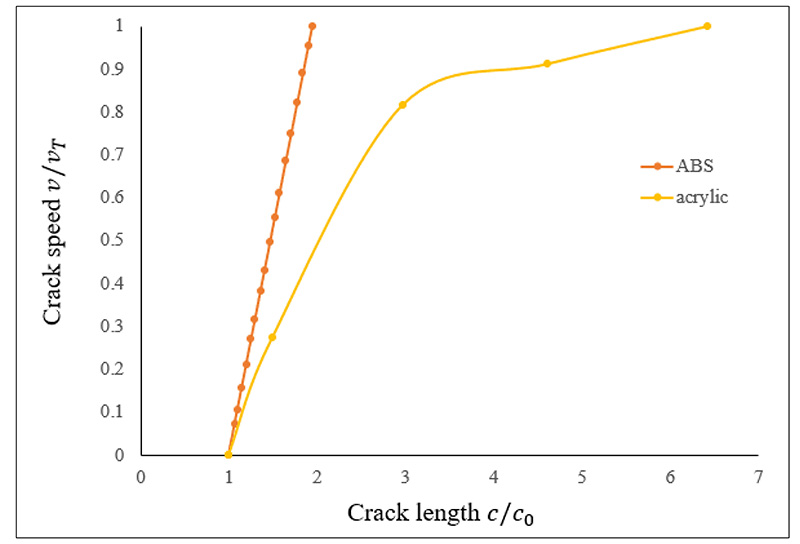
Fig 5. Crack velocity as a function of crack length for both acrylic and ABS material
Conclusion
As a conclusion, we find the crack velocity of acrylic material increases with increasing crack length, and finally tends to a constant value, same as the theoretical result. For ABS material, the crack velocity always increases because of the large initial crack length, so the curve hasn’t stepped into the convergence region. Overall, both material follows the theoretical behavior.
Reference
[1] David Taylor, Mechanisms of Failure
https://tcd.blackboard.com/webapps/blackboard/execute/displayLearningUnit?content_id=_1403540_1&course_id=_61634_1&mode=view&framesetWrapped=true
[2] https://www.tf.uni-kiel.de/matwis/amat/iss/kap_3/illustr/i3_2_1.html
